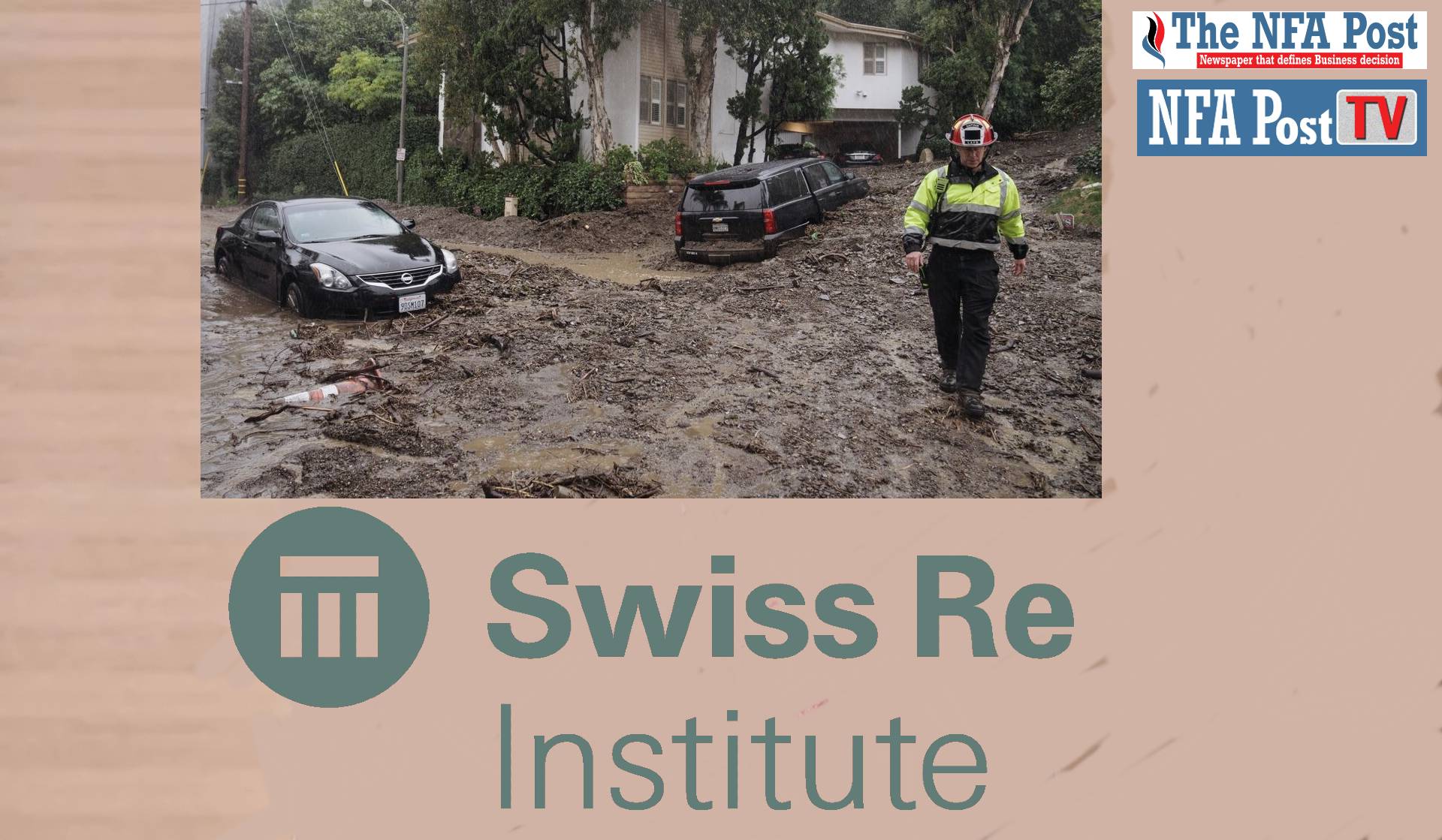Chennai, NFAPost: Climate change will have a larger impact on economic losses in the future, according to Swiss Re Institute. A new analysis of 36 countries ranks the Philippines and the US as the most economically exposed countries today, where hazard intensification is likely to occur due to climate change.
Swiss Re’s Group Chief Economist Jérôme Jean Haegeli said climate change is leading to more severe weather events, resulting in increasing impact on economies.
“Therefore, it becomes even more crucial to take adaptation measures. Risk reduction through adaptation fosters insurability. The insurance industry is ready to play an important role by catalysing investments in adaptation, directly as a long-term investor and indirectly through underwriting climate-supportive projects and sharing risk knowledge,” said Swiss Re’s Group Chief Economist Jérôme Jean Haegeli.
Swiss Re’s Group Chief Economist Jérôme Jean Haegeli also said the more accurately climate change risks are priced, the greater the chances that necessary investments will actually be made.
Mind the protection gap
Based on findings from the Intergovernmental Panel on Climate Change (IPCC), Swiss Re Institute’s new report “Changing climates: the heat is (still) on” analyses where hazards are likely to intensify and overlays it with its own estimates of economic losses resulting from the four major weather perils as of today.
This provides a view of the possible direct economic implications if weather-related natural catastrophes intensify due to climate change.
With annual economic losses of 3% of GDP as of today, the Philippines is most impacted by the four weather perils of all 36 countries, while also being exposed to high probability of hazard intensification.
The US is second-most exposed. At $ 97 billion (0.38% of GDP) as of today, it experiences the highest economic losses in absolute terms from weather events worldwide and at the same time, a medium probability that hazards will intensify.
In general, countries with sizeable insurance protection gaps and where the establishment of loss mitigation and adaptation measures lags the rate of economic growth, are most financially at risk from hazard intensification. Fast-growing Asian economies like Thailand, China, India, and the Philippines are most vulnerable according to the report.
Floods expected to intensify, tropical cyclones main loss driver
While flood risk is projected to intensify globally, the main driver of major weather-related economic losses in the US, as well as in east and southeast Asia, are tropical cyclones.
Today, in absolute terms, economic losses from weather events in the US are the highest in the world, mostly driven by tropical cyclones (hurricanes). Severe thunderstorms also account for a large share of the economic losses.
The first step towards cutting losses is to reduce the loss potential through adaptation measures. Examples of adaptation actions include enforcing building codes, increasing flood protection, while keeping an eye on settlement in areas prone to natural perils. Ultimately, losses as a share of GDP of each country will depend on future adaptation, loss reduction and prevention.
Mr. Hasulyo said, “I’m truly inspired by the enthusiasm and dedication of the paddlers here in India. They are strong paddlers and already have a good sense of SUP racing.”
One of the athletes said, “I feel equipped with a new perspective on the sport and a refined set of skills. Mr. Hasulyo’s guidance was invaluable, and the camaraderie among fellow paddlers was truly inspiring.”
Surfing Swami Foundation Director Gaurav Hegde said the clinic was just the beginning and the right step towards the development of Stand-up Paddling in the country both as a competitive sport for athletes and a recreational activity for everyone. “We are committed as an organisation to the development of Stand Up Paddling along with our partners.”
Another Director Dhananjay Shetty, Surfing Federation of India vice president Rammohan Paranjape, and others were present at the valedictory.





